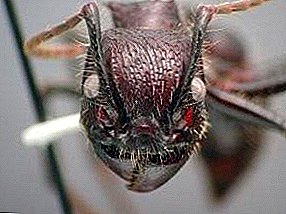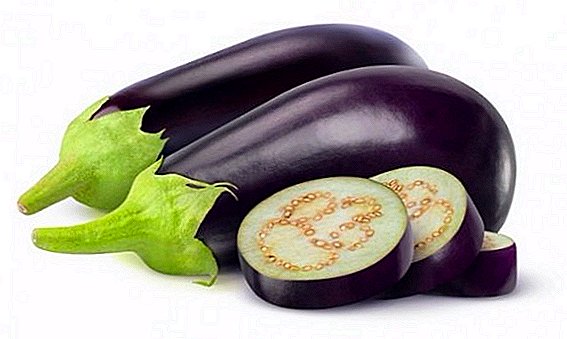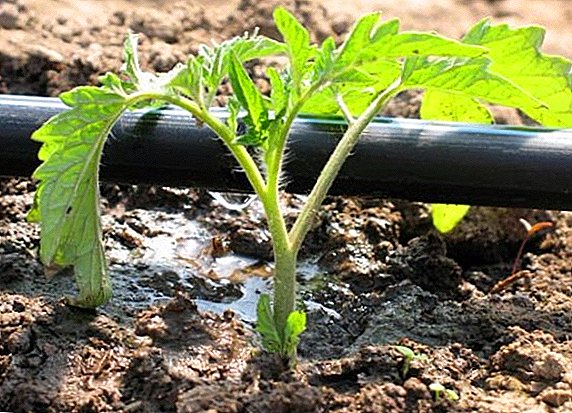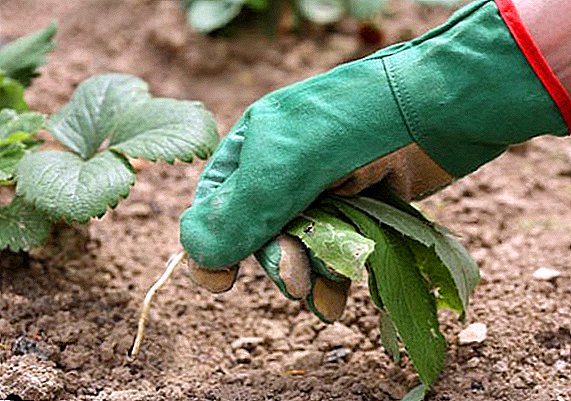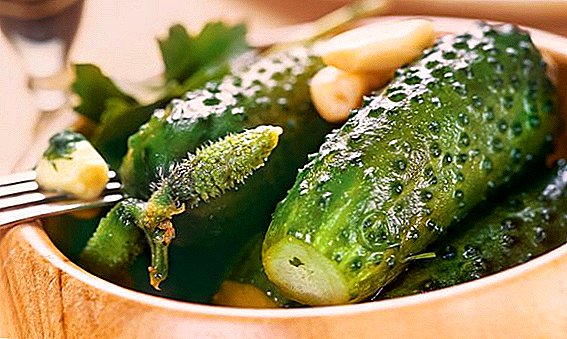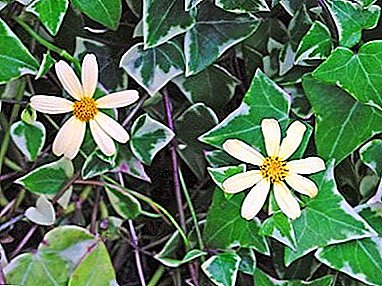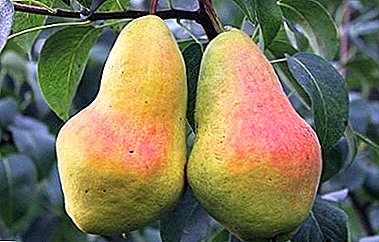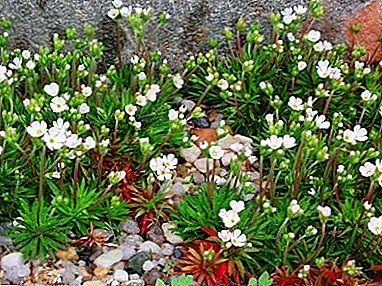
"Arena's Saxony" is an evergreen plant that gardeners use in alpine hills, etc.
This flower is unpretentious, with the creation of conditions can grow. Its sockets form beautiful carpets on large areas, which for a long time retain an aesthetic appearance.
It can live in cracks, among stones, that is why "Saxifrage" received such a name.
general description
"Arends" grows on stone soil in the northern hemisphere. It belongs to the moss family. The plant is a rosette with leafy branches with a length of 10 to 25 cm with leaves of various shapes, as well as high pedicels with flowers in diameter of about 1 cm in white, yellow, red and purple shades. It may be a single flower or inflorescence. They consist of a stalk, five petals and stamens.
Flowering Arends "lasts 30 daysDepending on the variety, it can start from May to August. The flower is pollinated by insects. The fruits are a box containing many small seeds.
Other types of saxifrage include Saberfoot and Room Bednemera.
A photo
The photo shows the Liana "Stonefoil Arends" with proper care at home:




Home care
Actions after purchase
When purchasing, you can choose a ready-made, rooted outlet. After the flowerpot is brought home, it should be put in partial shade.
Plant transplantation can be performed after 7 days not by transshipment, but by cleansing the roots from old soil. Transplant - prevention against pests in the soil. Be sure to fill the bottom of the pot with expanded clay, which will protect the flower from stagnant moisture.
Attention! In addition to the window sill, the plant can also be placed in a hanging pots.
Pruning
It does not need to be cut. Plant care can be limited to the removal of dried leaves. This is done with scissors at the very base of the flower's escape.
Watering
 Watering the plants should be done by drying the top layer in a pot 2-3 cm deep.
Watering the plants should be done by drying the top layer in a pot 2-3 cm deep.
In the summer, you can water once every two days.
In winter, you need to create conditions under which the soil is moistened 1 time in 8-10 days.
When watering, it is necessary to avoid water stagnation in the pot.
If it is not enough to moisten the soil of the plant, then brown spots appear, and the flowers become small.
In hot weather and in the heating season, it is necessary to maintain the conditions for the flower by spraying.
Planting and soil
The plant prefers light or sandy soil. Planting on the garden plot can begin in early June, when the soil has already warmed up. The optimal place of the flower - the slopes or crevices of stones. The distance between the "Cauliflowers" can be at least 10 cm.
When growing a flower at home, you can buy a simple universal soil, or mix the ground - for this, take one measure of sod land and coarse sand, and 2 shares of peat or humus.
Reference! "Stonebreaker Arends" is useful in the presence of limestone in the soil.
Transfer
Transplanting needs to be done infrequently., with the growth of "saxifrage", when the space in the flower pot becomes small.
It is necessary to choose shallow pots, because the roots of the plant are superficial. Claydite drainage is filled up to the bottom. More than two outlets can be placed in one pot.
Growing from seed
 April can be suitable for growing plants from seeds.
April can be suitable for growing plants from seeds.
The seeds purchased in the store are placed on moist soil (no need to bury deep) and clean for a fortnight in a cold place (you can in the refrigerator).
After that, the vessel must be put on a sunny window and covered with a film. You need to make sure that it is constantly 17-20 degrees.
If the conditions and the germination process were met, then in a week the first "Stone-Hemlock" may appear. Picks can be done after the second leaf appears on the stem.
Seedlings are best placed in flat pots, leaving 7-10 cm between plants. The sun is contraindicated for young rosettes.
Important! If all conditions are met, and the seeds did not germinate after 2-3 weeks of the greenhouse regime, they should be considered unsuitable for cultivation.
Breeding
"Arend's" Saxon can be grown with rosettes or cuttings.
When breeding rosettes, next to the main pot you need to put another one, without a plant, but filled with earth.
A couple of whiskers are taken away from the main flower in this pot, but so that the sockets on them are in the middle. After rooting, they are pruned, and “Saxifrage” grows independently.
Reproduction by cuttings need to do after the plant has faded. To do this, the cushion of the rosette is divided into parts of 1-2 cm each, and planted in the soil in a pot.
The container should be placed in the shade, and closed with transparent glass or film. Evidence of rooting may be the formation of new side outlets. After this, plants can be planted in pots.
Temperature
 It is well tolerated 20-25 degrees.
It is well tolerated 20-25 degrees.
With its increase, it is necessary to air the room, providing air circulation around the pot with the plant.
Otherwise, with the desire to die.
"Saxifrage Arends" - winter-hardy plantwhich at this time should be kept at 10-15 degrees.
In winter, the flower does not require shelter.
Lighting
The plant loves penumbra, but also grows in the sun, can withstand even direct rays. It is necessary to take into account only that after prolonged exposure the leaves and flowers of the rosette lose their brightness, become faded.
For them it is impossible to allow a large blackout, it can die. It is necessary to choose the eastern and western windows for placing the pot;
Benefit and harm
"Camoform" is popular in folk medicine - it has anti-inflammatory and antiseptic action, it can be used as a remedy for fever or tumors.
The leaves of the plant contain a large number of substances - saponins, organic acids, flavonoids, vitamins and trace elements, essential oils.
Decoctions and infusions of dried leaves can be used for vomiting, infectious diseases, inflammation of the liver and organs of the urinary-genital system. Juice of the flower can help with otitis pain.
No harmful properties.
"Saxifrage" - a perennial plant that loves partial shade and moderate watering. Her outlet looks in indoor pots, but can grow in borders, retaining racks as decoration compositions with stones. The flower can be propagated by seed, rosettes or cuttings. The leaves of the plant, both fresh and dried, are used in medicine against many diseases.



